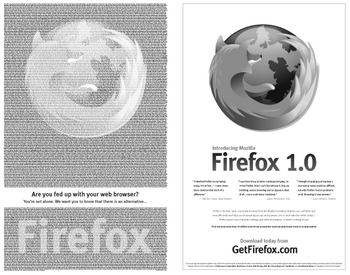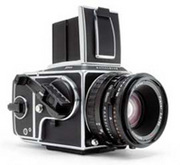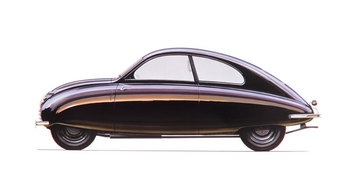Here’s the headline of an article I just read:
Ferrari Outsources F1 Engine Design Work
Shocking! It got me all worked up. My mind filled with visions of hell freezing over and Enzo Ferrari’s body spinning (at 19,000 RPM, mind you) in his grave.
I have nothing against the concept of engineers from India working on Ferrari motors. Bear in mind that the day of tragic, cigarette-smoking Italian craftsmen hammering out Ferraris from stolen Cinzano signs is long gone; today Ferrari’s general manager is French, the chief of design is American, and its head mechanic is British.
No, what matters to the Ferrari brand is that the motors and cars continue to be designed and built in Italy. So, no matter where they were born, the designers at Ferrari need to feel, act, and think Italian, imbibing lambrusco, eating pork products and parma cheese, and dreaming of screaming motors whenever they look out at the foggy expanses of Emilia right outside their drawing offices.
But.
Read the article carefully and you’ll see that Ferrari isn’t outsourcing anything. They’re just buying design software created by the Indian company Tata, and some Indian engineers are going to live at the Ferrari factory (lucky bastards!) to support it. No engine design work will occur outside of Italy.
The lesson here isn’t that outsourcing is bad, it’s that the essential Ferrari brand idea that Italy is Ferrari is Italy should be guarded as if it were a life and death matter. At the very least, Ferrari’s business development people should have put a gag order on Tata.
Often times effective brand management is more about influencing what other people say about you, not what you say about yourself.




